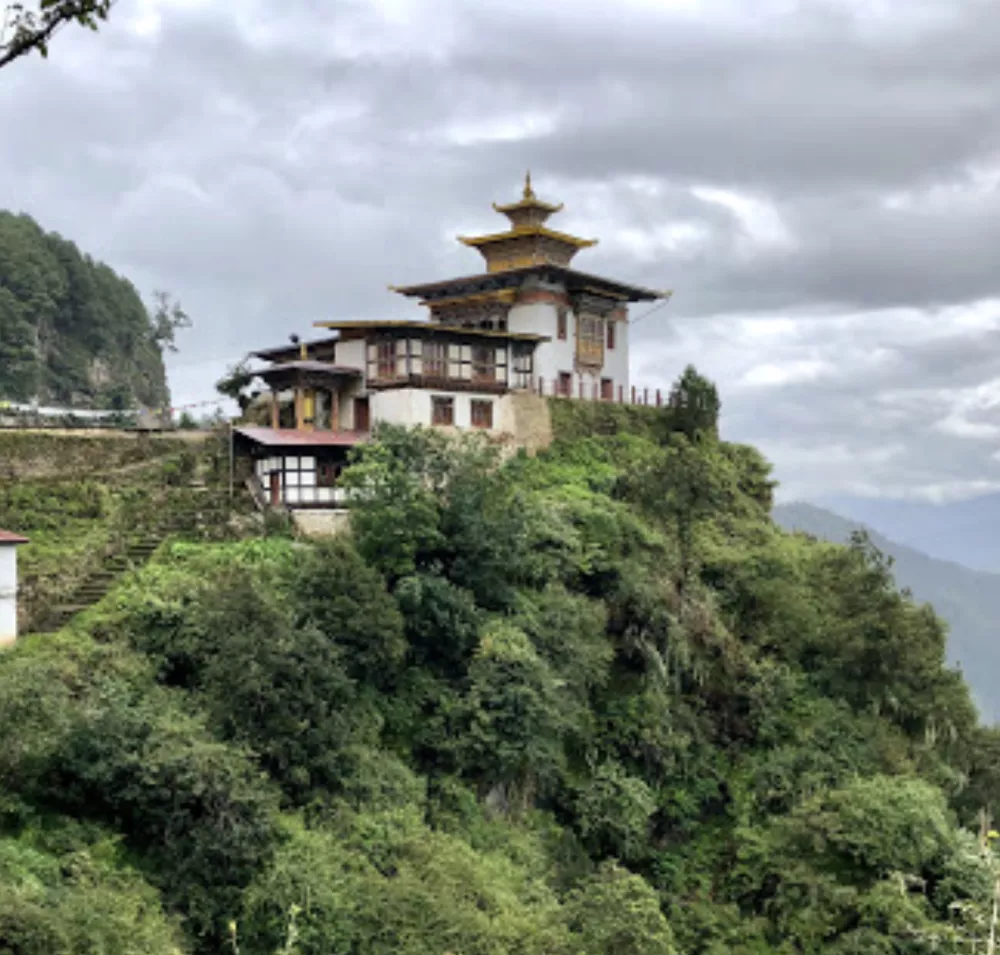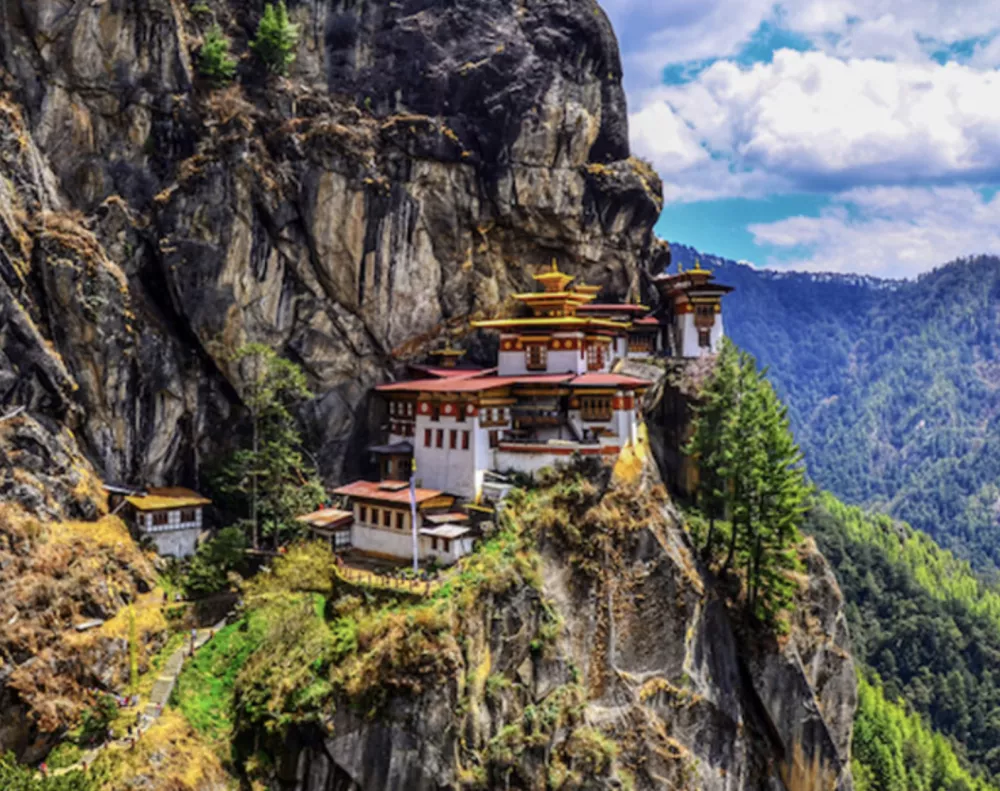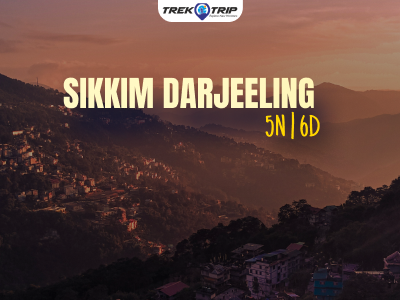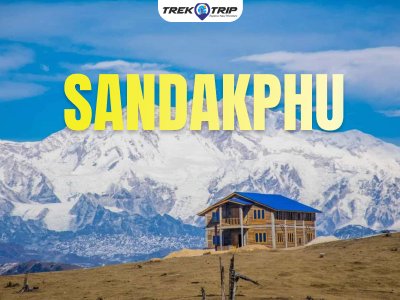Northeast India, officially known as the North Eastern Region, is the easternmost region of India representing both a geographic and political administrative division of the country. It comprises eight states—Arunachal Pradesh, Assam, Manipur, Meghalaya, Mizoram, Nagaland and Tripura (commonly known as the "Seven Sisters"), and the "brother" state of Sikkim.The region shares an international border of 5,182 kilometres (3,220 mi) (about 99 per cent of its total geographical boundary) with several neighbouring countries – 1,395 kilometres (867 mi) with China in the north, 1,640 kilometres (1,020 mi) with Myanmar in the east, 1,596 kilometres (992 mi) with Bangladesh in the south-west, 97 kilometres (60 mi) with Nepal in the west, and 455 kilometres (283 mi) with Bhutan in the north-west. It comprises an area of 262,184 square kilometres (101,230 sq mi), almost 8 per cent of that of India. The Siliguri Corridor connects the region to the rest of mainland India. The states of North Eastern Region are officially recognised under the North Eastern Council (NEC), constituted in 1971 as the acting agency for the development of the north eastern states. Long after induction of NEC, Sikkim formed part of the North Eastern Region as the eighth state in 2002. India's Look-East connectivity projects connect Northeast India to East Asia and ASEAN. The city of Guwahati in Assam is referred to as the "Gateway to the Northeast" and is the largest metropolis in Northeast India.

















{{dest_query_form_title()}}